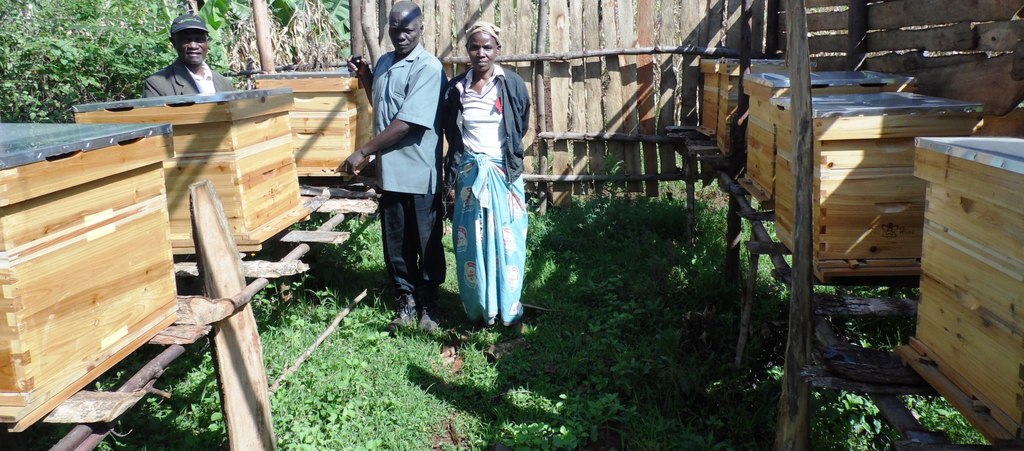
By George Munene
According to Ireland’s aid and humanitarian agency Concern Worldwide, the Horn of Africa is facing its worst drought since 1981.
This has left over 13 million people in Kenya, Somalia, and Ethiopia facing severe hunger and water shortages. Of this, up to 5.5 million children are acutely malnourished and face the prospect of death if the situation is not addressed.
Kenya
Per the United Nations Office for the Coordination of Humanitarian Affairs (OCHA), by June 2022 3.5 million Kenyans will be facing hunger due to severe drought. This owes to a predicted fourth consecutive year of poor rains.
The ongoing drought has caused the death of over 1.4 million animals in Kenya.
Related News: WFP warns 13M people face severe drought in Kenya, Ethiopia & Somalia
Farmers in arid and semi-arid counties in Kenya which make up 89 per cent of the country’s landmass and are home to 36 per cent of the population have been most affected.
90% to 80% of water reservoirs and dams in the country’s largest counties, Turkana and Marsabit, are drying up. In Kajiado and Narok this figure is 50 per cent. This makes up most of Kenya’s major pastoral zones. Over 3 million people in these counties rely on groundwater for livestock, irrigation, and domestic purposes.
This, coupled with external market forces, has led to a leap in food and water pushing these basic commodities out of reach for most and resulting in rising malnutrition.
Somalia
Over 4.3 million people are estimated to be affected by the severe drought.
Water shortages are affecting huge parts of the country leading to large-scale displacements with an estimated 270,000 people forced to move from their homes since December alone.
According to Save the Children, an estimated 1.4 million children, nearly half of the population of children under five are likely to be acutely malnourished.
Related News: Water reservoirs enable farmers earn a premium and halve production costs
Related News: New drought-tolerant forage pearl millet an answer for arid dairy farmers
The prevailing drought has further affected over half a million of the country’s livestock population.
The situation is most dire in regions under al-Shabaab blockade making them out of reach of humanitarian workers and the government.
Ethiopia
In Ethiopia, the drought is affecting approximately 6.8 million people.
If the March to April rains are below par, this will be the fourth failed rainy season in the country and will push the crisis to unmitigable levels.
Write comment (0 Comments)

















